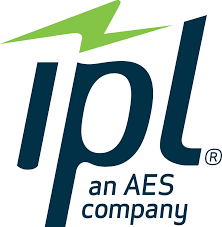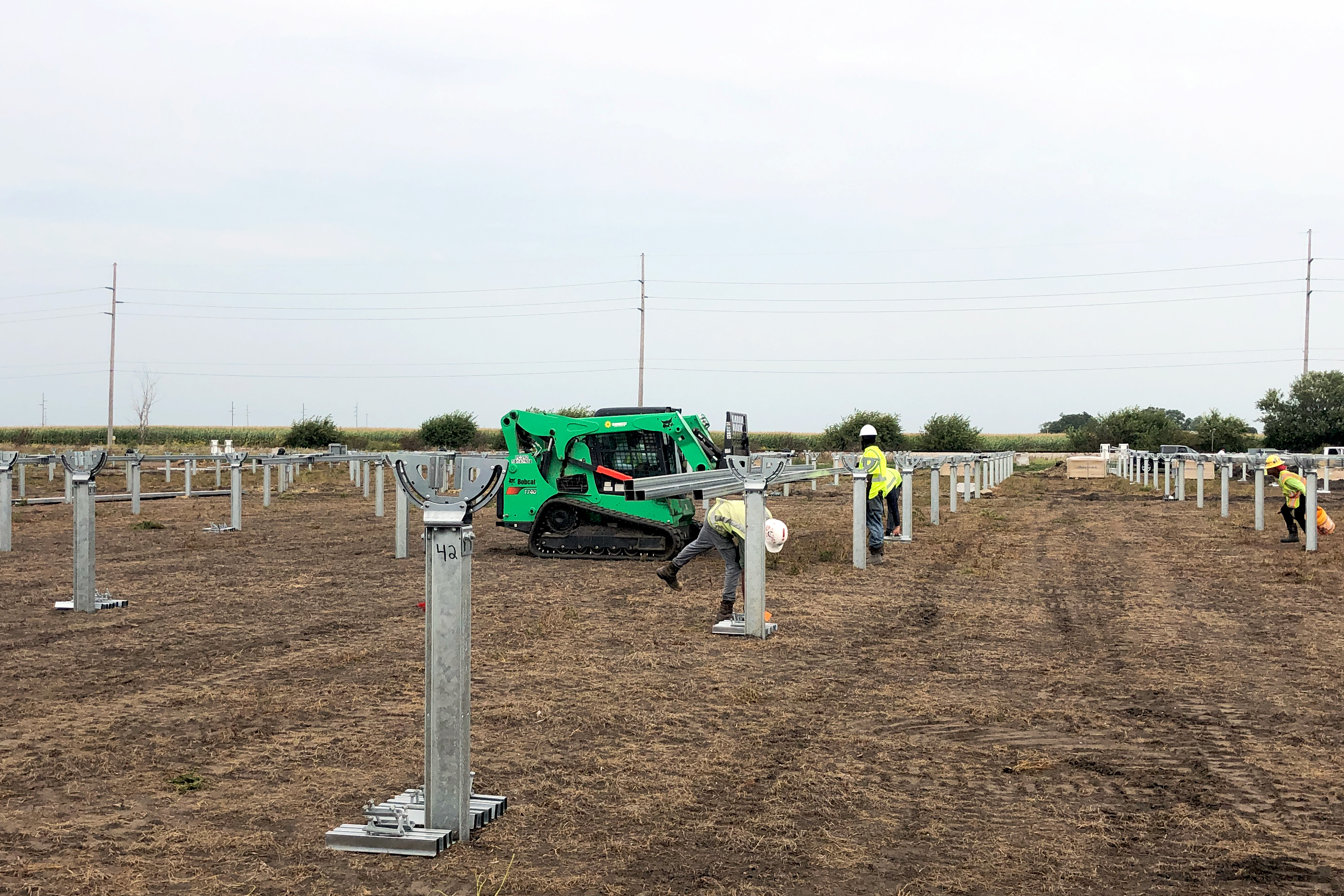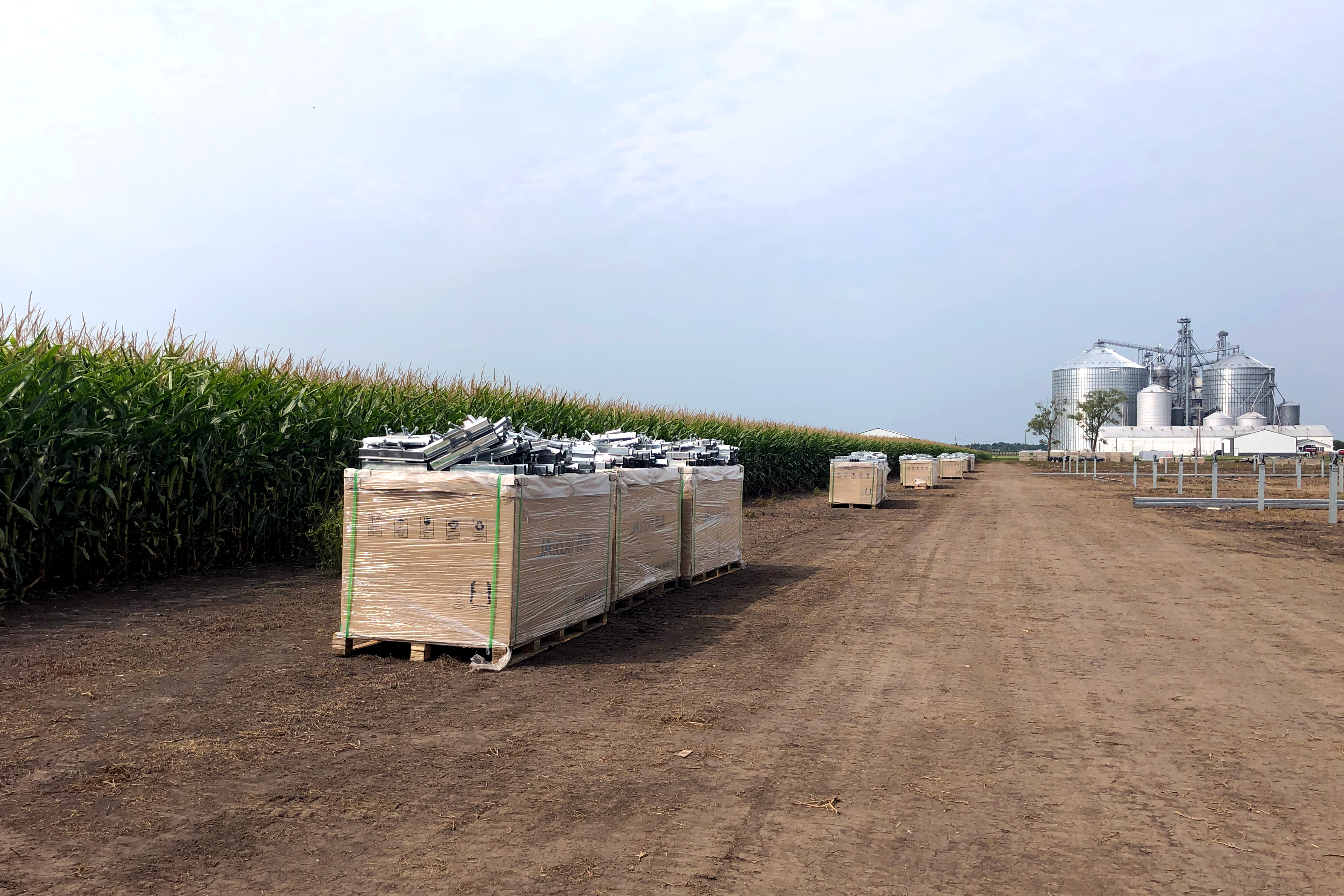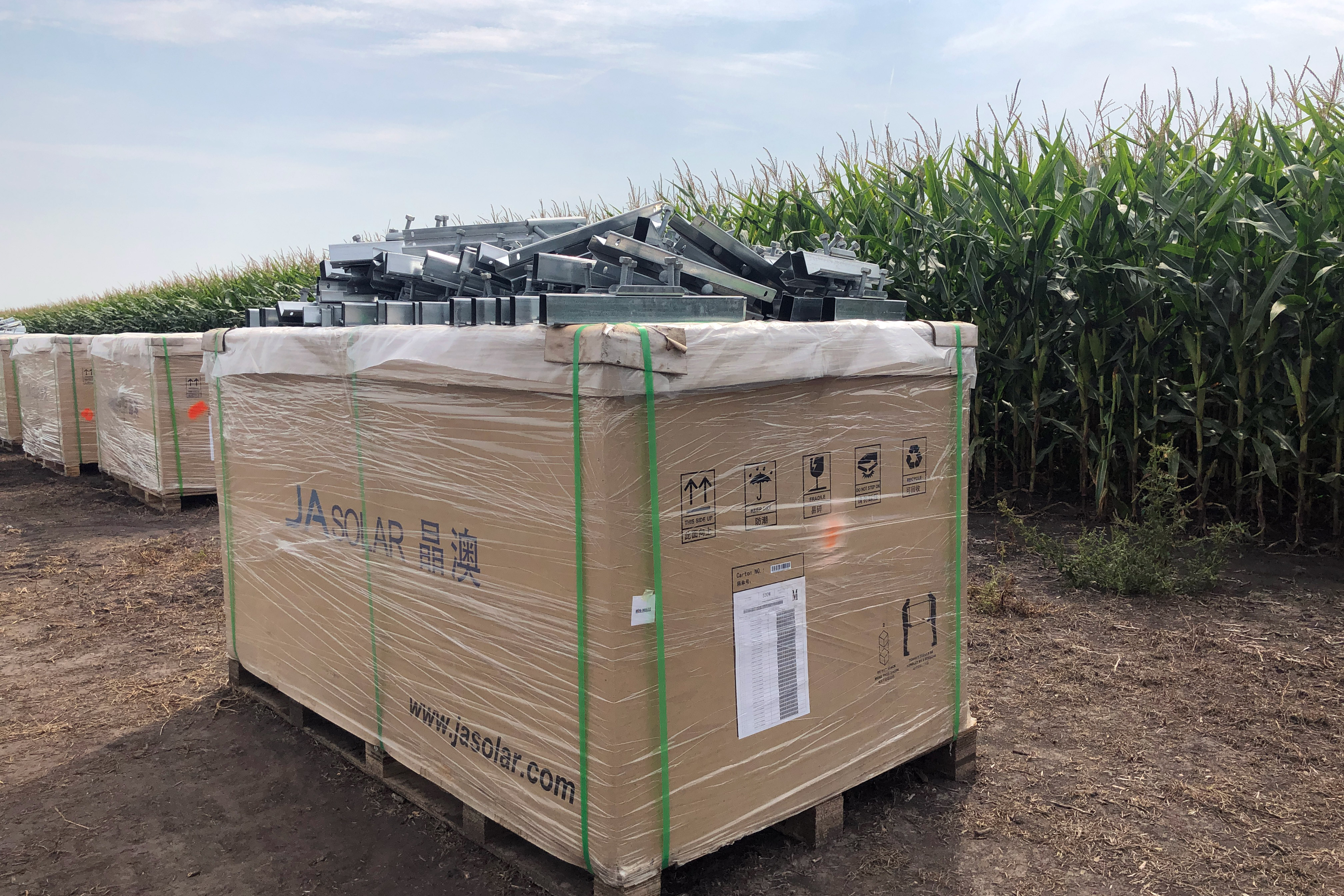IPL Request for Proposals (RFP)
IPL is focused on accelerating cleaner, more efficient and cost-effective energy solutions for our more than 500,000 customers.
About Indianapolis Power & Light Company (IPL)
Indianapolis Power & Light Company (IPL) is engaged primarily in generating, transmitting, distributing, and selling electric energy to more than 500,000 retail customers in Indianapolis and neighboring areas, with the most distant point being about 40 miles from Indianapolis. IPL’s service area covers about 528 square miles. They are subject to the regulatory authority of the Indiana Utility Regulatory Commission (IURC) and the Federal Energy Regulatory Commission. They fully participate in the electricity markets managed by the Midcontinent Independent System Operator (MISO).
IPL is a transmission company member of Reliability First. Reliability First is one of eight Regional Reliability Councils under the North American Reliability Corporation, which has been designated as the Electric Reliability Organization under the EPAct. IPL is part of the AES Corporation, a Fortune 500 global power company with a mission to improve lives by accelerating a safer and greener energy future.
About the Request for Proposal (RFP)
IPL's 2019 Integrated Resource Plan (IRP) identified a Preferred Resource Portfolio that includes approximately 200 megawatts (MW) of replacement capacity. The purpose of this all-source request for proposal (RFP) is to competitively procure replacement capacity by June 1, 2023, which is the first year IPL is expected to have a capacity shortfall. IRP modeling indicates that a combination of wind, solar, storage, and energy efficiency would be the lowest cost options for the replacement capacity, but IPL will assess the type, size, and location of resources after bids are received.
IPL is issuing this RFP for firm capacity resources within the IPL service territory. IPL forecasts that 200 MW of additional unforced capacity (UCAP) will be needed by June 1, 2023. Proposals will be accepted for all or a portion of the capacity needs. IPL will estimate the UCAP for wind and solar resources from the methodology described in the MISO Renewable Integration Impact Assessment Version 6, dated December 2018. Proposed resources must be located within the IPL service territory or have the transmission system interconnection directly interconnected to the MISO Zone 6 network. Proposed resources may include (a) capacity from new facilities, (b) new incremental capacity at existing facilities, (c) power purchase agreements (PPAs) or, (d) demand-side management opportunities. The capacity resources may be proposed for any of the following:
- Asset transfer proposal
- Power purchase agreement proposal
- Demand response proposal
About Sargent & Lundy
IPL has contracted Sargent & Lundy to manage this RFP process. Sargent & Lundy is an engineering consulting firm providing comprehensive engineering, energy business consulting, and project services for power generation and delivery systems. Sargent & Lundy will act as an independent third-party consultant on behalf of IPL to execute the RFP and evaluate proposals. Learn more about Sargent & Lundy at sargentlundy.com.
Additional Resources
Project Schedule
RFP milestone dates and deadlines. Read More
RFP Documents
Learn how to submit an RFP proposal. Read More
Information Sessions
Sargent & Lundy will host information sessions for prospective bidders. Read More
Submit RFP Questions
Ask a question about IPL's RFP process. Read More
RFP Q&A
Read RFP questions and answers. Read More
Subscribe to RFP Emails
Enter your contact information to receive occasional updates about IPL's RFP process. Read More






